
Shaping sounds:
This workshop was partly based on the idea from Stone Experiment #6: Soundscape symphonies. The idea was too create a multi-sensory workshop which allowed the SEN children to explore different sensory inputs at once while still being able to do it at their own pace. The workshop was carried out in special classes in Denmark and worked well in terms of engaging the children in a state of flow during the aesthetic process.
Quick facts about the experiment:
| Target group |
Children 6-16 years old, max around 10-12 children per workshop round |
| Facilitator |
Musician, visual artist and teacher (the workshop can also be carried out by for example art teacher/music teacher or a teacher with interest in these fields). Preferably the workshop should be carried out by two adults so you have one for each station. |
| Time scale |
45 min |
| Location |
Classroom |
| Goal |
Training ability to take in sensory input without getting overloaded, crafting skills and abillity to transform a sensory input to a artistic representation. Practicing motor skills. |
| Materials |
|
How to:
- Set up two stations:
- one station where you on a table arrange the sound-making things next to each other – e.g.: maracas in one place, the bowl with the contact microphone underneath in another, a xylophone in another again, the contact microphone with “feeler”-arms in another and so on. Try to have at least five different places with different “instruments” within the station.
- Set up another station where you have your different colours of modelling clay. Preroll the modelling clay into sized cubes so you have enough so that every student will be able to get one ball of each colour (if you are 10 students then roll 10 balls of each colour modelling clay.

- Divide the students into two groups – for example if you are 10, then make two groups of 5.
- One group starts out by being the ones who make sounds. The other are going to sculpt in modelling clay. Each group will do the activity for 15 minutes and then you shift so the sound group becomes the modelling group and vice versa.
- Experiment with sounds and scuplt what you hear (15 min for this round)
- Now the sound group will get a chance to experiment with the sounds. Put one child at each station with sound. One person explores the sound on the xylophone, one on the maracas, one on the bowl with contact microphone and so on. Try to make sounds and encourage the children to listen to each other. Can you make the sounds complement each other? Experiment and take turns on the instruments.
- At the same time that the sound group makes their own “soundscape” the modelling group will try to sculpt what they think of when they listen to the sounds. Does the scraping from the contact microphone with “feeler-arms” remind you of someone brushing your teeth? Or the sound of water hitting the bowl with the contact microphone remind you of the sea? Or maybe you think of something way more magical?

- Now trade places so the sound group now sculpt in modelling clay and the modelling group becomes the sound group (15 min again in this round)

- Put your modelling clay figurines in the windowsill to let them dry up and harden. Talk about what you experienced. How was it making the sounds? Listening to them? Reflect upon the experience together.

Reflections upon the workshop:
We have carried out this workshop in different classes and what to a certain extent has surprised us is how well the children coped with the multisensorial aspect of the process. Even though the soundscape from the sound group could become somewhat intense in moments the children who were working with clay were still very in flow during the process. Furthermore we only experienced one student who preferred to have hearing protection on and as soon as the sounds were muffled a bit he continued the process unbothered.
Both the sound group and modelling group were extremely engaged in the process throughout the full 45 minutes the workshop lasted. We also experienced that they were very interested in the contact microphones and the way in which these allowed for the children to investigate the sound of surfaces, things, themselves and other materials such as water.

We also experienced that the children came to think of both concrete things and more abstract fantastical figures when sculpting to sound. One student would for example sculpt an airplane because the metallic sound reminded her of being in an airplane. Another would make a bed because the sound of the xylophone made her tired and think of sleeping. Another again would sculpt a killer-chicken with red eyes because the sound of the different instruments together reminded him of the chaos in a chicken coop with angry chickens. The open-endedness in the soundscape approach versus if they would have had to play a certain song on the instruments seemed to allow the children to more freely use their imaginative faculty when reflecting upon the sounds.


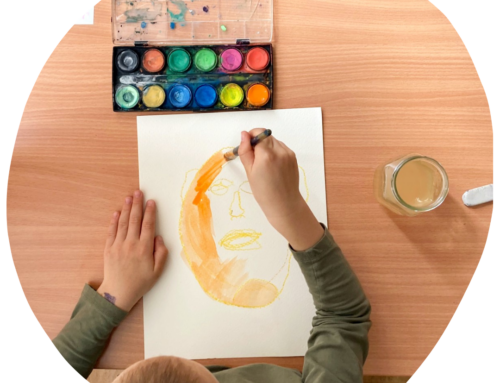
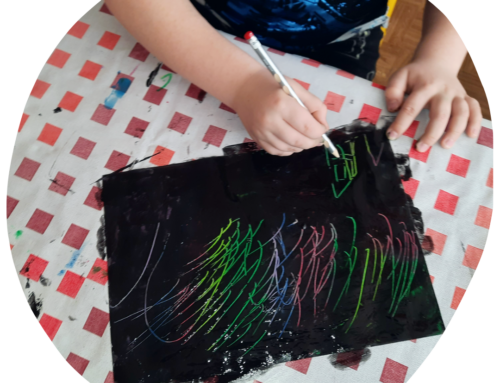
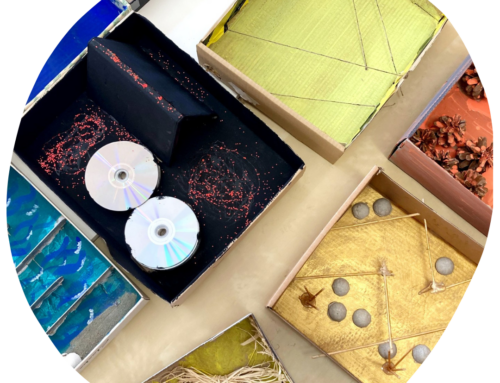
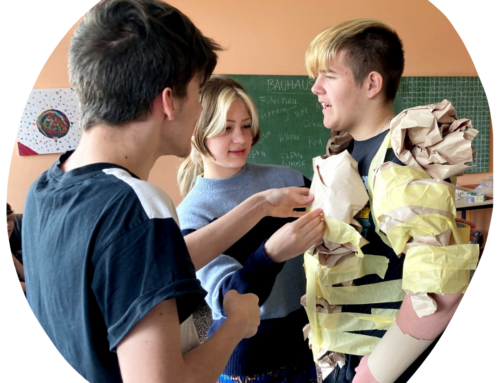
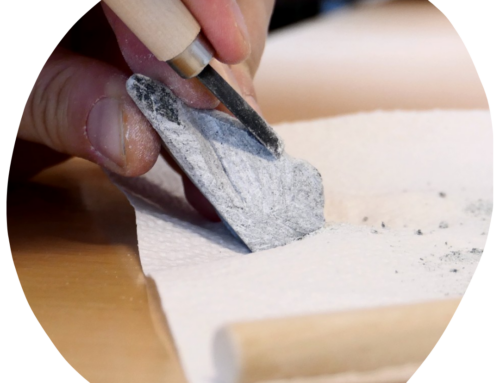
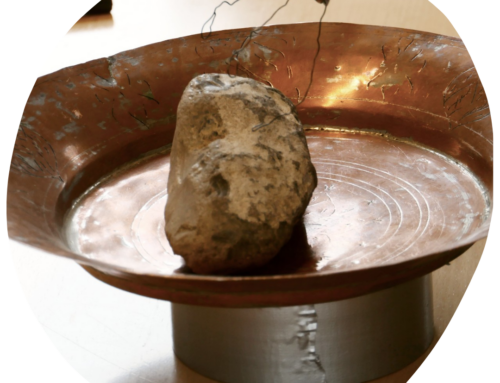
Great mode for teaching
super creativity developing game
It is very good idea. I Tiink I will try this with children.